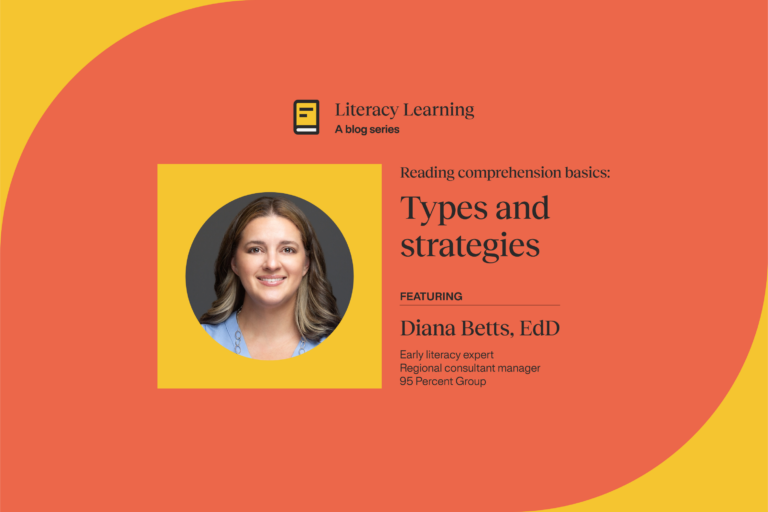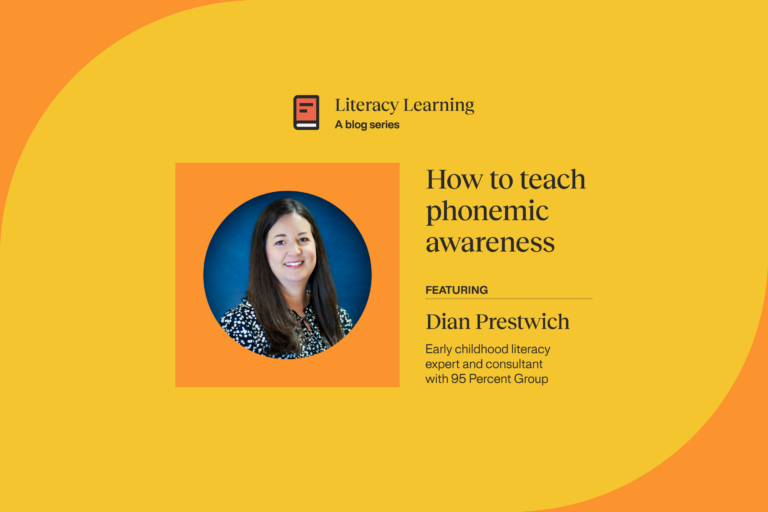Creating Campus-Wide Reading Intervention

Here’s a brief guide to help you implement a successful Reading Intervention Plan across your entire campus. We’ve prepared a series of strategies and questions to streamline your process.
Begin with a formative, baseline data collection process
This information can be collected from a variety of sources including a phonics inventory, DIBELS, sight word assessment, and other diagnostic screening tools that are required by your school. To ensure that student achievement is consistently measured on a campus (or within a district) the same assessments should be given to all students, during a designated testing period, as they move through the grade levels.
Cumulative data should be compiled and saved in a shared folder that can be confidentially accessed by the student’s classroom teacher, reading specialists, and administrators. The data collection process starts at the beginning of the year for baseline benchmarking, the middle of the year for progress benchmarking, and the end of the year for success benchmarking.
Making Data Driven Decisions in EVERY Classroom
Collecting data at the beginning of the school year gives teachers individual student snapshots and serves as the catalyst for creating reading intervention plans. All students in the class will be placed in small groups by reading level and skill set. Struggling readers should receive explicit reading instruction on a daily basis during their language arts or intervention block. Students whose reading skills are at or above grade level can be placed in an enrichment group to work together during the differentiated block time. A reading intervention plan will be prepared for every student testing below grade level using the data collected so they can receive more focused support to improve their reading skills.
Student performance is regularly monitored to ensure progress or to intensify instruction. The small reading groups are fluid and students will be grouped and regrouped as they master new skills or require additional assistance.
Optional Ways to Conduct Reading Intervention
Each grade-level team will need to determine the best way to implement Reading Intervention Plans for their students. Questions to consider include:
- Will students be grouped by grade level or within individual classrooms?
- Where will intervention take place and who will be responsible for conducting intervention?
- Will teachers share students across the grade level? If so, how will the students be grouped?
Your school size, campus resources, available personnel, and other factors will influence your plan. For example, some schools elect to conduct daily reading intervention where the students walk to the spot where their intervention group will be meeting, which may not be in their homeroom. The key is working together to make it work for every student. Collaboration among the staff during the intervention block is essential. As students move through different skill groups, planning and instruction is most effective when there is good communication and shared student expectations among the intervention team.



